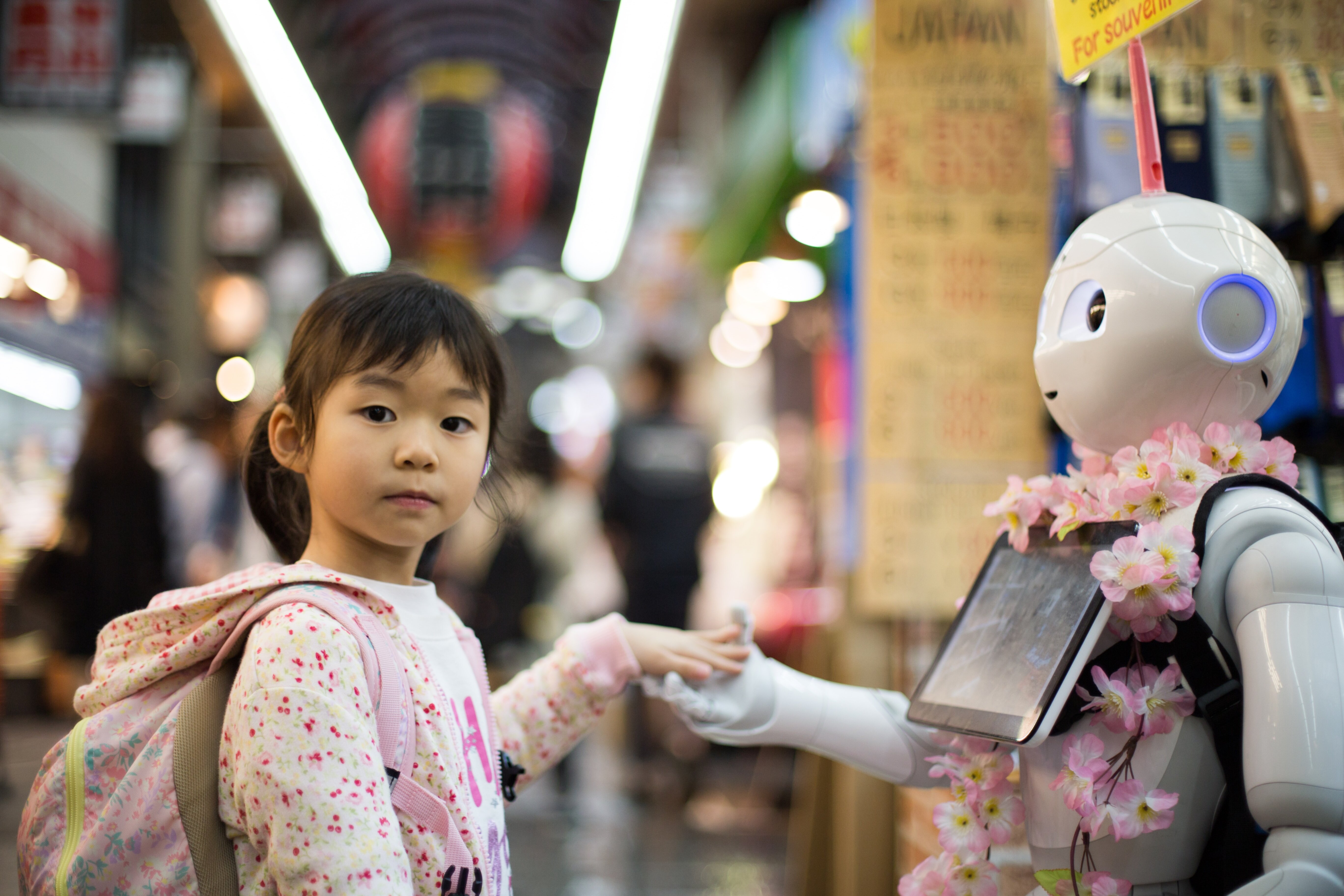Demystifying Blurry and Grainy Profile Pictures A Comprehensive Guide to Image Clarity

I spend a lot of time staring at digital representations of things, often trying to squeeze maximum information from minimal data. Lately, my focus has drifted toward the seemingly trivial, yet universally frustrating, issue of poor profile pictures online. Why is it that a perfectly sharp photograph taken moments before often degrades into a pixelated, noisy mess once it’s uploaded to a social platform or professional networking site? It’s not just an aesthetic annoyance; in digital communication, the initial visual impression carries weight, and blur or grain introduces a subtle but persistent signal of low fidelity, perhaps even carelessness.
This isn't simply about poor camera settings, although that certainly plays a role upstream. The real mystery lies in the compression algorithms and display pipelines that these platforms impose on our carefully curated digital identities. We are dealing with a chain of data transformation, and each link seems determined to discard information in the name of faster loading times or reduced storage overhead. I wanted to map out precisely where the quality loss occurs and what the underlying mechanisms are that turn crispness into digital soup. Let's dissect the mechanics of image degradation in this specific context.
The primary culprit, in my observation of current web standards circa late 2025, is almost always aggressive lossy compression, typically utilizing the JPEG standard, even when the original upload might have been a lossless PNG or TIFF file. When you upload a high-resolution image, the receiving server doesn't just store it; it usually resamples it down to a fixed, often surprisingly small, maximum dimension—say, 400x400 pixels—and then encodes that downsampled image using a quality setting that prioritizes file size over visual accuracy. This process involves discarding frequency data, particularly the finer details that contribute to perceived sharpness, leading directly to the mushy, blurry effect we see when the image is subsequently scaled up slightly on a high-DPI screen. Furthermore, the introduction of grain, which is distinct from blur, usually stems from noise reduction routines applied during this server-side processing, especially if the original file exhibited high luminance noise in dark areas. These routines attempt to smooth out variations in color and brightness that they mistakenly identify as noise, inadvertently wiping away subtle textures.
Then we must consider the display side, which introduces another layer of potential distortion entirely separate from the initial upload processing. Even if the server-side rendition is technically acceptable, the browser or application rendering the image must contend with aspect ratio enforcement and scaling to fit various viewport sizes, from a small phone avatar to a larger desktop preview. If the platform forces a specific aspect ratio—say, a perfect square—and your original image was a 16:9 rectangle, the rendering engine must crop or stretch the image content before applying its final display scaling. Stretching a small, highly compressed thumbnail to fit a larger display area mathematically necessitates interpolation, which is just a polite term for guessing the missing pixel values, resulting in that telltale blockiness or generalized blur. Grain, conversely, can sometimes be exaggerated by anti-aliasing techniques used during font rendering that bleed into adjacent image pixels, making the existing noise pattern more apparent on certain display technologies. It’s a relentless sequence of information discarding and guesswork, making the final output a poor shadow of the source material.
It seems the trade-off between immediate user experience—fast page loads—and archival image fidelity is almost always weighted against fidelity in the current infrastructure.
More Posts from kahma.io:
- →AI-Generated Portraits Are We Becoming Peas in a Digital Pod?
- →Unveiling the Complexities 7 Striking Self-Portraits by Artists with Hallucinations
- →The Evolution of AI Portrait Photography Capturing Life-like Digital Personas
- →The Psychology of Rejection in Portrait Photography Turning Setbacks into Creative Growth
- →The Rise of AI-Generated Headshots Scam or Photography Revolution?
- →7 Key Factors to Consider When Choosing an AI Portrait Generator in 2024